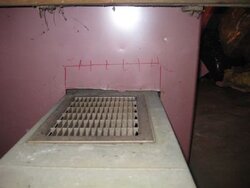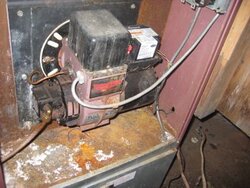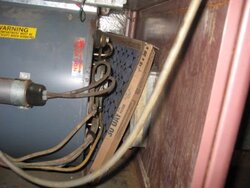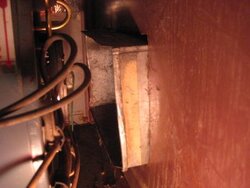Crabbypatty
New Member
the trick is to seal all of the duct connections, therefore you have a sealed system where air cannot leak in or out, or it is at least minimized. if you are covering your intakes ( returns) then the furnace could very likely overheat and go off on high limit. if you seal everythying, supply and return, you aren't going to have any air movement through the duct system, unless the fan or heat is on. also the furnace will work more efficenly if it is recirulating air from the living space, to the living space, rather than leaking out or drawing in from the basement or furnace room. does that make sence?





